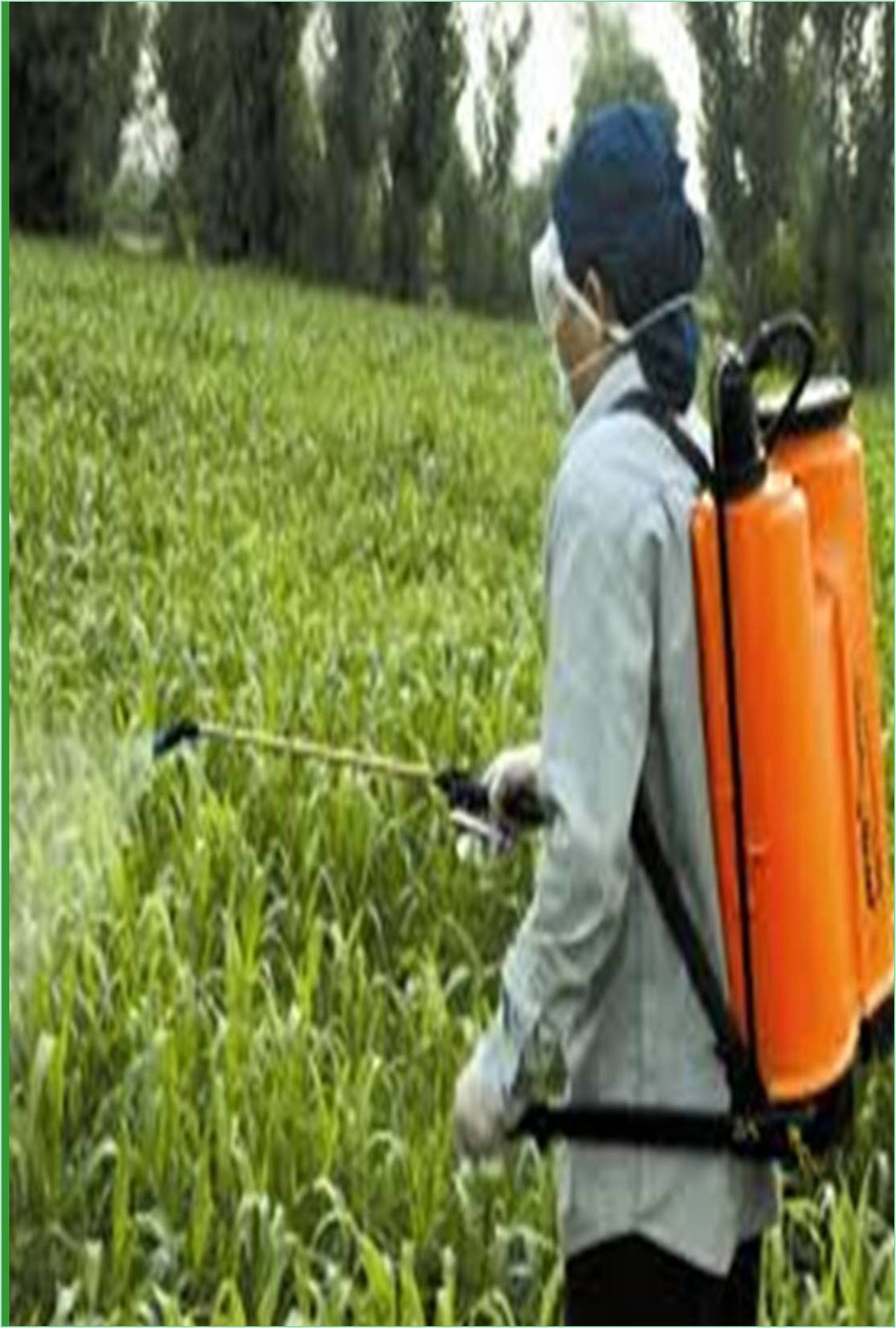



Received: 24-Jan-2022, Manuscript No. GJPDCP-22-59580; Editor assigned: 26-Jan-2022, Pre QC No. GJPDCP-22-59580 (PQ); Reviewed: 09-Feb-2022, QC No. GJPDCP-22-59580; Revised: 11-Feb-2022, Manuscript No. GJPDCP-22-59580 (R); Published: 18-Feb-2022, DOI: 10.15651/GJPDCP.22.7.43
Plants are considered as susceptible to infection if environmental factors alter their physiological processes, resulting in disruption of structure, growth, function, or other parameters. Plant diseases are classified into infectious and non-infectious according to the type of pathogen. Symptoms of the disease depend on the cause, the type and location of the affected area of the plant. The factors that cause plant diseases can be biological and abiotic in nature. Non-communicable diseases are caused by adverse growth conditions. They are not transferred from sick plants to healthy plants. Infectious diseases, on the other hand can spread from one susceptible host to another because infectious pathogens can multiply inside or on the surface of the plant. In recent years, the number of diseases caused by bacterial, fungal and viral infections has increased. Infectious diseases affect plants at various stages of agricultural production. Depending on the weather conditions and the phytosanitary conditions of the crop, the disease epidemic can reach 70%-80% of the total plant population, and in some cases the yield can drop to 80%-98%. Plants have immunity, but certain plant pathogens have the ability to evade this immunity. We explore plant pathogens of the nature of viruses, fungi, and bacteria, and explore modern crop protection concepts, methods of chemical, biological, and agricultural technological control, and modern methods of identifying plant pathogens. Infectious pathogens are transmitted in the air and on the water, also can be transmitted from animals and humans, and this infectious can remain for months or years. Natural reservoirs of infectious pathogens are soil, water, animals, especially insects. Plant pathogens are very similar to pathogens that cause disease in humans and animals. Fungi, fungal-like organisms, bacteria, phytoplasmas, viruses, viroids, nematodes, and parasitic higher plants are all phytopathogens. Types of plant disease include:
Fungi
Collectively, fungi and FLOs cause the most plant disease than any other group of plant pathogens. These organisms cannot produce their own food, lacking chlorophyll, exert filament growth, and cannot reproduce spores. Fungi’s and Floris can be able to overwinter in the soil and plants. However, because the winter temperature is low, some fungi and Floris cannot overwinter in northern climates. These pathogens in the winter at southern climates are transported from the northern clinic airflow. Movement of diseases from the south type to the northern air finding area will be monitored during the cultivation season.
Bacteria
Bacteria are unicellular microorganisms whose cell walls propagate by dichotomy (one cell divides into two). The introduction of the plant should be done through the natural opening or wound of the plant. Bacteria overwinter primarily in soil and in non-degrading plant materials, but some insect-borne organisms survive.
Phytoplasmas
Phytoplasmas are microscopic, bacterial-like organisms that look like filaments because they lack a cell wall.
Viruses and Viroids
Viruses are intracellular (live inside the cell) nucleic acid particles that infect other organisms and have a protein coat that replicates in the infected host. Viroids are viruslike particles, but they do not have a protein coat. Viruses and viroids are mainly transmitted by carriers such as insects, nematodes, and fungi that introduce the virus and viroid during feeding. Viruses and viroids can also be transmitted by seeds, vegetative propagation, and pruning.
Nematodes
Nematodes are tiny insect-like animals. The majority of nematodes are soil-dwelling animals that move with the soil. However, there are some insect-borne nematodes that infect the above-ground parts of plants.
Parasitic Higher Plants
Parasitic higher plants are plants that contain chlorophyll but are unable to produce their own food. They parasitize other plants to obtain nutrients and water. Examples are mistletoe and dodders.
In order for the disease to develop, the pathogen must be present and successfully invade the host tissue and cells of the plant. The sequence of events involved in the development of the disease includes inoculation, penetration, infection, incubation period, reproduction, and survival.